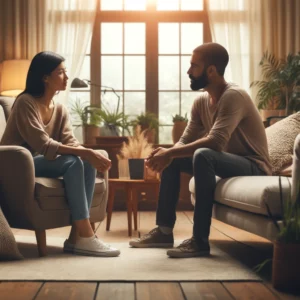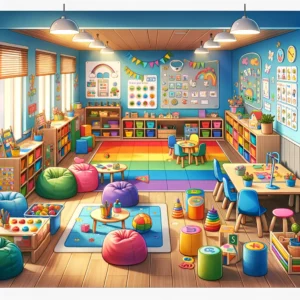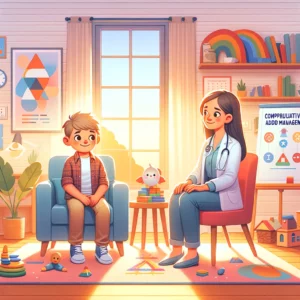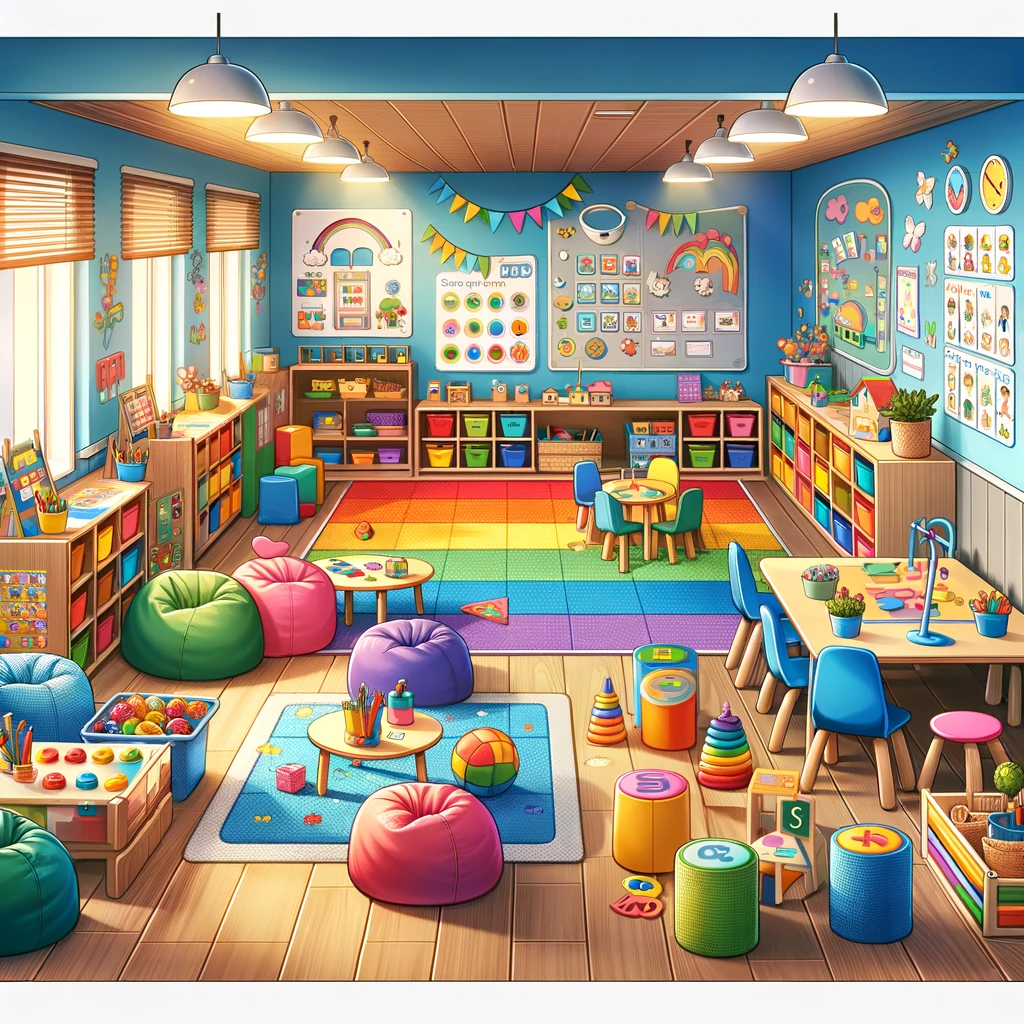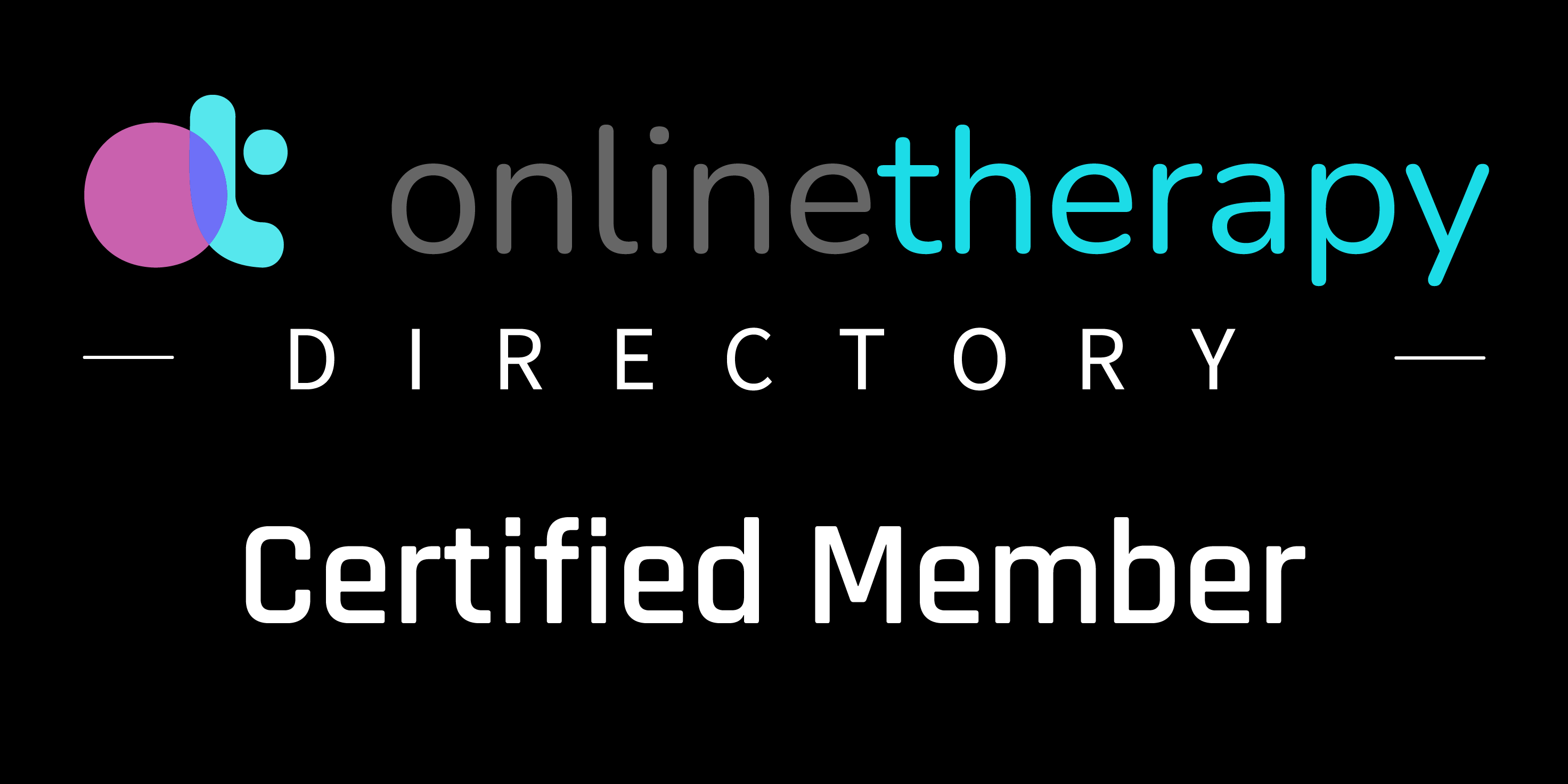La Ronge Counselling is offering a structured anxiety reduction program to kids and youth. This program is called SPACE and was developed at Yale University. SPACE is an anxiety management program that focuses on working with the stakeholders and caregivers around the anxious child, rather than working with the child directly.
Table of Contents
What is SPACE?
SPACE stands for “Supportive Parenting of Anxious Childhood Emotions.” As the word parenting indicates, this program focuses mostly on assisting parents to change the way they relate to their child’s anxiety at home and in other environments. SPACE comes with various specializations around anxiety, including generalized anxiety disorder, Obsessive-Compulsive Disorder, Avoidant/restrictive food intake disorder
SPACE Essentials
The essential components of all the SPACE Programs include:
- Reducing Accommodations: One of the most common parenting behaviour is around accommodating your child’s anxiety. Even though is it okay to help your child get through anxious moments, sheltering them and being overprotective will become a barrier to future emotional growth.
- Increasing Supportive Strategies: Rather than accommodating your child by preventing them to learn from experiences they are anxious about, SPACE focuses on increasing the types of support you give your child. Perhaps your child is anxious about visiting a friend’s house, so rather than giving in and constantly inviting the friend to your home, you can use a supportive strategy by for example letting your child visit a friend while you wait in the vehicle.
- Network: Sometimes dealing with childhood anxiety comes with disruptive and negative behaviours. Within SPACE, a network of supporters is created around your child who continuously encourages your child to keep trying.
- Growing as a family: When a child is overly anxious, the relationship with others in the same home might get damaged. In many cases, both parents get stressed and often argue about how to best accommodate their child. SPACE includes support for families to improve internal communication, even when times get tough.

Child Does not Attend Sessions
SPACE programs rely on reducing accommodations and increasing support. The parents or caregivers are receiving training about how to manage their child’s emotional and behavioural responses to anxiety, restricted eating, or compulsive behaviours. Even though the parent attends sessions, the child is still the client. Yet, SPACE does not change the child’s behaviour through direct therapy. The changes the parent incorporates at home has been proven in research to be as effective as more common cognitive behaviour therapy (CBT) programs.
When to Choose SPACE
Research has indicated that regular CBT is the preferred method of reducing childhood anxiety. However, studies have also suggested that only around 60% of kids attending CBT make lifelong changes. This can be for various reasons, including nothing changing at home (parents continue to accommodate), a child getting bored going to therapy, or a child being resistant to making a change because their parents will give in. Here are three reasons to try SPACE instead of CBT
- Your child has attended CBT already and the success rate was low: In this situation, taking what your child learned in CBT about reframing their thoughts and combining that with parenting strategies taught in SPACE will perhaps get your child back on track;
- Your child does not want to go to regular CBT counselling sessions: These days, kids want instant rewards and short-term results. Counselling, therefore, is not as enticing as playing gaming. Rather than focusing on your child changing their behaviour, focus on changing your parenting strategies instead;
- Your child resists change and their behaviour is disrespectful: Sure, visiting a counsellor who gets verbally abused is not something any family wants. SPACE includes specific modules that guide parents to deal with these kinds of behaviours while also changing parenting skills to better support their child.
When to Choose CBT
Cognitive Behavioural Therapy (CBT) is the best approach when your child has not received any guidance for dealing with their own anxiety. However, such a CBT program should be structured using a child-friendly approach. Simply using. a program designed for adults is not going to be enticing enough. One great example of a child-friendly research-based program is COOL KIDS. This program comes in various forms for kids ages 3-6, 7-12, and 13-18.
STG Anxiety Program
The STG Anxiety Program consists of Cool Kids and SPACE, depending on the needs of the child. Three treatment options exist:
- COOL KIDS CBT Only: Weekly sessions for the child and some sessions for the parent (depending on the child’s age, the number of sessions changes);
- SPACE Only: Only the parents or caregivers attend sessions, and together with friends and family, incorporate the strategies at home;
- COOL KIDS & SPACE Combined: Using aspects of both programs can be a very powerful response to helping families manage childhood anxiety at home, however, it should only be considered when other supports were not successful.
Cool Kids Accredited
Chris de Feijter is accredited by Macquarie University’s Centre for Emotional Health to use the Cool Kids program. The intellectual property rights, including copyright, in the Program are owned by Macquarie University. Macquarie University does not endorse any particular provider of the program and their other services.
SPACE Treatment Trained
Chris de Feijter is received various comprehensive SPACE training sessions through Yale University. Currently, he is one of a handful of practitioners incorporating SPACE into anxiety reduction programs in Canada.




